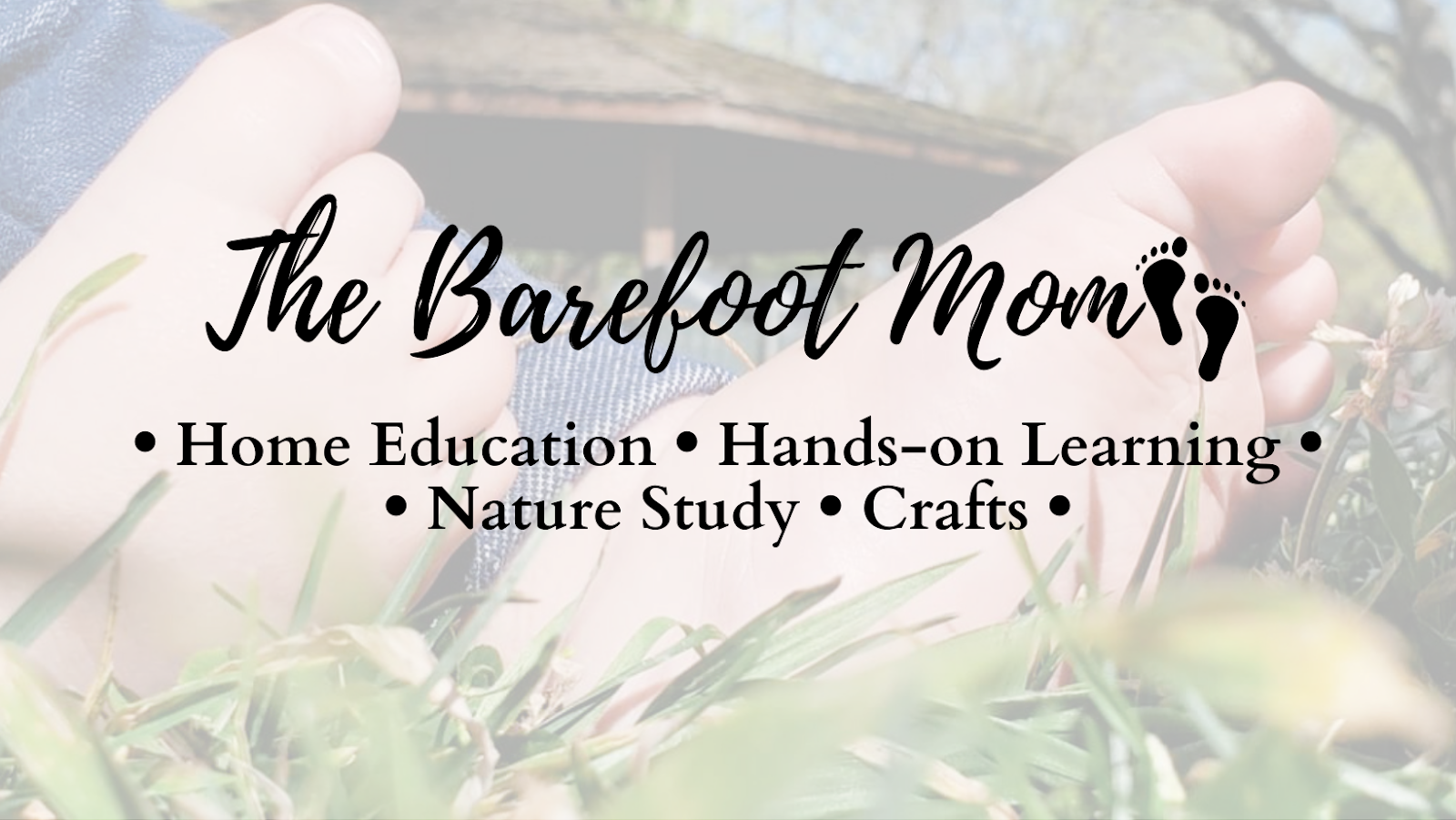Nature study often gets overlooked in the wintertime. It's cold, many animals are tucked away hibernating, and the trees have lost their leaves, but there are still so many amazing things to be learned from the natural world this time of year. Below are some of my favorite winter nature study activities and resources:
Winter Nature Study Activities
Look at snowflakes under a microscope- This activity works best if you chill your microscope and slide for a few minutes before you try to view snowflakes, otherwise your equipment will just melt the flakes.
Birdwatching- Bird watching is a fun activity any time of year!
Here are my favorite resources for bird identification:
-The Merlin Bird ID app: This app is amazing and allows you to ID birds by physical description, song, or photo.
-The Audubon Online Bird Guide
-The Golden Field Guide's Birds of North America
Learn about animal tracks- Winter snow and mud provides the perfect medium for animal tracks. This online guide is really helpful: Greenbelly: Animal Tracks Identification Guide.
Storm tracking- Track winter storms as they come through your area. Download a good weather app and watch storms form and progress on the radar. Record things like temperature, rainfall total, wind direction, and barometric pressure.
And check out this post for instructions for putting together a simple backyard weather station: Make a Simple Home Weather Station
Learn about evergreens- Grab a guide book or download a good identification app and take a nature walk or hike near your home. Try to ID the evergreen species you see. Take notice of things like tree size, pinecone shape and size, and needle type. Take pictures or sketch the different trees you see.
You can learn more about evergreens with the following videos:
SciShow Kids: Excellent Evergreens
SciShow Kids: Evergreen Detective
Learn about types of precipitation- Observe different types of precipitation this winter and then research about how they each form. Here are a few resources to get you started:
National Geographic: Types of Precipitation
Freezing Rain, Sleet, Snow, and Graupel- What's the Difference?
Take a winter hike- Hikes can be enjoyable any time of year as long as you are dressed appropriately and you are properly prepared.
Night sky viewing- The only good thing, at least in my opinion, about it getting dark so early in the winter, is that it provides plenty of dark hours before bedtime to get outside and enjoy the night sky.
Encourage your kids to get outside to look at the moon every night for a full moon cycle. Have them draw or photograph it nightly and discuss the changes they see.
Go on a Mushroom or Lichen Hunt- Take a nature walk and challenge your kids to spot as many mushrooms or lichens as they can. Photograph the ones you see and try to ID them later with an app or guidebook.
Observe icicles as they form and melt- Choose an icicle to observe, and sketch or photograph it as it grows and shrinks over time. Use a tape measure to measure its length and circumference as it changes.
Winter Nature Study Resources
Here are some additional nature study resources to check out:
Apps and Websites
The iNaturalist app: is a fantastic resource that allows you to upload photos of wildlife and plant life and helps you identify them.
Greenbelly: Animal Tracks Identification Guide
Books
The Story of Snow: the Science of Winter's Wonder
Videos
SciShow Kids: Where do Snowflakes Come From?
FreeSchool: What Makes it Snow
National Geographic: Types of Precipitation
Freezing Rain, Sleet, Snow, and Graupel- What's the Difference?
SciShow Kids: How Do Icicles Form?
SciShow Kids: Excellent Evergreens
SciShow Kids: Evergreen Detective
If you enjoyed this post, check out:
Make a Simple Home Weather Station
Follow me on:





Comments
Post a Comment